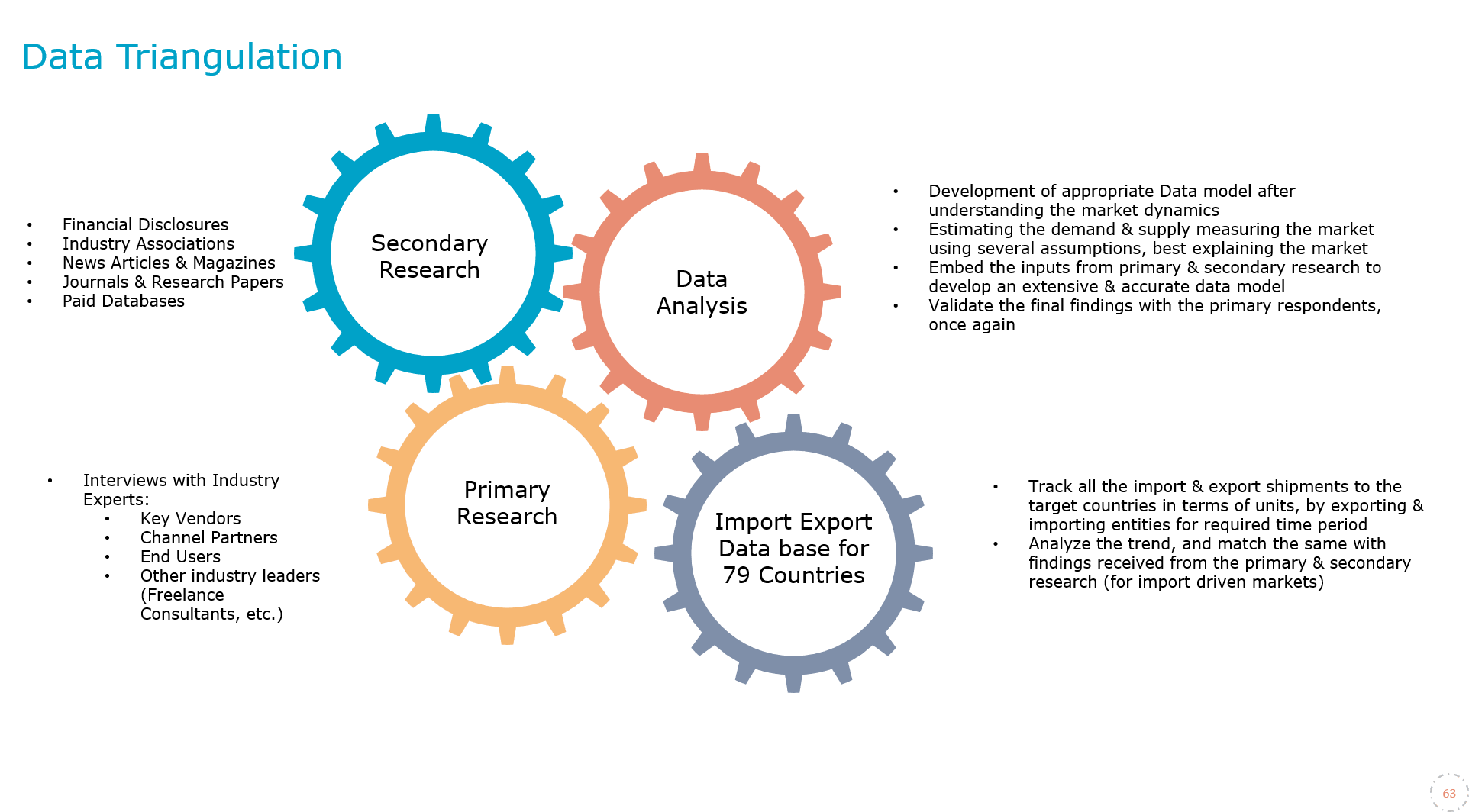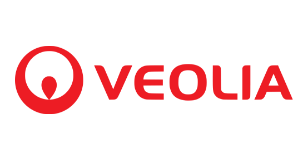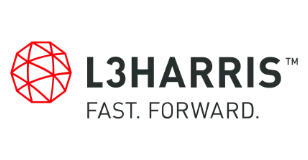
South Korea Third-Party Logistics (3PL) Market Research Report: Forecast (2024-2030)
South Korea Third-Party Logistics (3PL) Market Report - By Type (Contractual 3PL, Non-contractual 3PL), By Solution (Transportation Management, Warehousing & Distribution, Dedicate...d Contract Carriage [DCC], Logistics Software, Others), By Transportation Mode (Rail, Road, Air, Sea), By End User Industries (Manufacturing, Healthcare & Pharmaceuticals, Retail & E-commerce, Automotive, Consumer Goods, Food & Beverage) and Others Read more
- Automotive
- Aug 2024
- Pages 126
- Report Format: PDF, Excel, PPT
Market Definition
Third-party logistics is a business that specializes in handling various aspects and operations of the supply chain of outsourced logistics services such as distribution, warehousing, and fulfillment, for multiple industries on a contractual and non-contractual basis.
Market Insights & Analysis: South Korea Third-Party Logistics (3PL) Market (2024-30):
The South Korea Third-Party Logistics Market size is valued at around USD 18.5 billion in 2024 & is estimated to reach around USD 32 billion by 2030. The market is also expected to grow at a CAGR of around 9.8% during the forecast period, i.e., 2024-30. The market in South Korea is experiencing robust growth driven by economic recovery, a rise in industrial production, an increase in consumer, and overall expansion in various industries such as manufacturing, healthcare & pharmaceuticals, retail & e-commerce, automotive, consumer goods, food & beverages, etc. Such developments in the economy and across industries will boost the growth of 3PL services in the country. The services offered by 3PL in South Korea include transportation management, warehousing & distribution, dedicated contract carriage, logistics software, and others, these services are necessary for these industries due to their objective of achieving operational efficiency.
| Report Coverage | Details |
|---|---|
| Historical Years | 2019-22 |
|
Base Years
|
2023
|
|
Forecast Years
|
2024-30
|
| Market Value in 2024 | USD 18.5 Billion |
| Market Value (2030) | USD 32 Billion |
| CAGR (2024-30) | 9.8% |
| Top Key Players | Hyundai Glovis, SEBANG, Daewoo Logistics, Yusen Logistics, Sunjin Logistics, Kuehne + Nagel, CTSI Logistics, Lotte Global Logistics, Omni Logistics, DSV, and Others |
| Key Report Highlights |
|
*Boost strategic growth with in-depth market analysis - Get a free sample preview today!
Moreover, the rapid rise in e-commerce platforms has propelled the market growth. The prospects associated with market growth improve further as the country is a developed economy with well-developed infrastructure and a skilled workforce, and the availability of the online payment medium adds reliable aspects to the value chain. Additionally, advancements in technologies such as data analytics, machine learning, Internet of Things (IoT), robotics, cloud computing, and artificial intelligence (AI) present the market an opportunity to further improve their operational efficiency, and reliability, and add value to the supply chain.
Additionally, structural challenges such as an increasing elderly population, falling fertility rate, and declining population present significant obstacles to market growth & expansion, as logistics is a human capital-intensive industry. Also, the decline in the population will negatively impact the productivity, demand, and consumption in the country negatively impacting the market. The adoption of automated AI robots can solve part of the problem and the possible adoption of a skilled immigrant policy as proposed by the OECD to its member countries to mitigate these scenarios. Overall, the recovery in the global economy and the economy of South Korea presents significant growth prospects for the market in the country that is situated near two giant economies.

South Korea Third-Party Logistics (3PL) Market Driver:
Rise in the E-Commerce Industry – South Korea is certainly one of the biggest e-commerce markets globally pushing third-party logistics boom in the country because of the need for dependable logistics and fulfillment partners. The expansion in the e-commerce sector is primarily due to the excessive penetration of smartphones, high-speed internet, and the presence of dependable online payment programs in the country.
The growth in e-commerce in the country and the want to fulfill the developing demands of the e-commerce systems provide the 3PL players with an extraordinary possibility to provide their services which include inventory and transportation management, warehousing & distribution, dedicated agreement carriage, logistics software, and others. The unfolding of such situations offers the 3PL Market to stay properly poised to fulfill the increasing need in this evolving situation offering massive growth during the forecast period.
South Korea Third-Party Logistics (3PL) Market Opportunity:
The Boom in Renewable Energy to Offer Lucrative Growth Opportunities – South Korea has set the target to reduce its carbon emissions by 2030, to meet this, the government wants to increase its renewable energy sector to 22% of the power generation. The sudden push to meet its commitment will have a transformational effect on the Korean economy resulting in the opening of new avenues for supply chain and logistics that need to be filled. These sectors will increase the economic activity in the country by boosting the manufacturing and production of key components necessary for renewable energy generation, leading to increasing requirements of the 3PL. These include the transportation of solar panels to wind turbines or simply the components and raw materials used in their making. Such development in the economy presents ample opportunities to drive the future growth of South Korea's third-party logistics industry in the coming years.
South Korea Third-Party Logistics (3PL) Market Challenge:
Rapidly Declining Population to Impede Market Growth – The Republic of Korea is facing a rapid decline in its population, with the growing older population and the falling fertility rates having a long-term structural impact on the country. For instance,
- In July 2024, The OECD Korea report highlights that from the current 51.5 million population in 2024 to 47.4 million by 2050. Additionally, the demography will comprise mostly elderly people in the country.
Such scenarios will lead to a fall in economic activity in the country and the government will be forced to make a significant social expenditure in the future de-voiding expenditure for economic growth. This fall in economic activity will impact consumption in the country impacting the market size and growth of the third-party logistics industry in South Korea. However, such development can be mitigated by the proper public policy implementation such as the usage of AI-enabled robots, and welcoming the skilled immigrants in the country.
South Korea Third-Party Logistics (3PL) Market Trend:
Increasing Adoption of Eco-Friendly Packaging – The upward thrust in global warming because of carbon emissions and phenomena like weather change has pulled the world's focus towards adopting environment-friendly products and services. Industries are making innovations in their product and services to align with this trend. Additionally, countries like South Korea have set a target to lessen 40% of their emissions from the 2018 levels by 2030 and turn out to be net zero through 2050, pushing the industries in the country to conform to such changes and reduce their emission levels as well. The third-party logistics sector is changing to eco-friendly packaging materials and zero-waste policy to align with the trend, leading them to take steps in growing a form of circular economy where companies will recycle or reuse their packaging materials which can be bio-degradable. For this companies are patterning with other companies with such capabilities, for instance,
- In April 2023, LG Corporation in its press release highlighted that a MoU was signed between CJ Logistics and LG Chem under which LG Chem will collect and recycle the packaging wraps used in the logistics centers of CJ Logistics across the country.
South Korea Third-Party Logistics (3PL) Market (2024-30): Segmentation Analysis
The South Korea Third-Party Logistics Market study of MarkNtel Advisors evaluates & highlights the major trends and influencing factors in each segment. It includes predictions for the period 2024–2030 at the national level. Based on the analysis, the market has been further classified as:
Based on Transportation Mode:
- Rail
- Road
- Air
- Sea
For the South Korean third-party logistics industry, based on the transportation mode, freight transportation by road remains the dominant segment and will continue to be over the forecasted period as well. This is primarily due to the extensive road network present in the country and the majority of the population in the country is concentrated in its cities which are the driving forces of their economy.
Based on Solution:
- Transportation management
- Warehousing & distribution
- Dedicated contract carriage
- Logistics software
- Others
The transportation management segment holds the largest share in South Korea Third-Party Logistics Market, primarily due to South Korea being an export-oriented economy depending on global trade for its economic growth. Also for proper inventory management industries majorly follow just in time approach or already have a built inventory capacity for their production waiting to be delivered. The task of delivering these products falls on the third-party logistics service providers, leading to higher revenue growth in transportation management. Such scenarios will drive future segmental revenue growth during the forecast period.
South Korea Third-Party Logistics (3PL) Industry Recent Development:
- In July 2024: Hyundai Glovis acquired an LNG carrier for its fleet as the company ventures into the LNG transportation business. The vessel is 292 meters long and carries a capacity of 174,000 cbm of liquefied gas. The said capacity is enough to fulfill half of the country's daily LNG consumption.
Gain a Competitive Edge with Our South Korea Third-Party Logistics (3PL) Market Report
- South Korea Third-Party Logistics (3PL) Market Report by MarkNtel Advisors provides a detailed & thorough analysis of market size & share, growth rate, competitive landscape, and key players. This comprehensive analysis helps businesses gain a holistic understanding of the market dynamics & make informed decisions.
- This report also highlights current market trends & future projections, allowing businesses to identify emerging opportunities & potential challenges. By understanding market forecasts, companies can align their strategies & stay ahead of the competition.
- South Korea Third-Party Logistics (3PL) Market Report aids in assessing & mitigating risks associated with entering or operating in the market. By understanding market dynamics, regulatory frameworks, and potential challenges, businesses can develop strategies to minimize risks & optimize their operations.
*Reports Delivery Format - Market research studies from MarkNtel Advisors are offered in PDF, Excel and PowerPoint formats. Within 24 hours of the payment being successfully received, the report will be sent to your email address
Frequently Asked Questions
- Market Segmentation
- Introduction
- Product Definition
- Research Process
- Assumptions
- Executive Summary
- South Korea Third-Party Logistics (3PL) Market Trends & Insights
- South Korea Third-Party Logistics (3PL) Market Dynamics
- Drivers
- Challenges
- South Korea Third-Party Logistics (3PL) Market Growth Opportunities & Hotspots
- South Korea Third-Party Logistics (3PL) Market Policy & Regulations
- South Korea Third-Party Logistics (3PL) Market Outlook, 2019-2030F
- Market Size & Outlook
- By Revenues (USD Million)
- Market Share & Outlook
- By Type
- Contractual 3PL- Market Size & Forecast 2019-2030F, USD Million
- Non-contractual 3PL- Market Size & Forecast 2019-2030F, USD Million
- By Solution
- Transportation Management- Market Size & Forecast 2019-2030F, USD Million
- Warehousing & Distribution- Market Size & Forecast 2019-2030F, USD Million
- Dedicated Contract Carriage (DCC)- Market Size & Forecast 2019-2030F, USD Million
- Logistics Software- Market Size & Forecast 2019-2030F, USD Million
- Others- Market Size & Forecast 2019-2030F, USD Million
- By Transportation Mode
- Rail- Market Size & Forecast 2019-2030F, USD Million
- Road- Market Size & Forecast 2019-2030F, USD Million
- Air- Market Size & Forecast 2019-2030F, USD Million
- Sea- Market Size & Forecast 2019-2030F, USD Million
- By End User Industries
- Manufacturing- Market Size & Forecast 2019-2030F, USD Million
- Healthcare & Pharmaceuticals- Market Size & Forecast 2019-2030F, USD Million
- Retail & E-commerce- Market Size & Forecast 2019-2030F, USD Million
- Automotive- Market Size & Forecast 2019-2030F, USD Million
- Consumer Goods- Market Size & Forecast 2019-2030F, USD Million
- Food & Beverage- Market Size & Forecast 2019-2030F, USD Million
- Others- Market Size & Forecast 2019-2030F, USD Million
- By Company
- Competition Characteristics
- Revenue Shares & Analysis
- By Type
- Market Size & Outlook
- South Korea Rail Based Third-Party Logistics (3PL) Market Outlook, 2019-2030F
- Market Size & Outlook
- By Revenues (USD Million)
- Market Share & Outlook
- By End User Industries- Market Size & Forecast 2019-2030F, USD Million
- Market Size & Outlook
- South Korea Road Based Third-Party Logistics (3PL) Market Outlook, 2019-2030F
- Market Size & Outlook
- By Revenues (USD Million)
- Market Share & Outlook
- By End User Industries- Market Size & Forecast 2019-2030F, USD Million
- Market Size & Outlook
- South Korea Air-Based Third-Party Logistics (3PL) Market Outlook, 2019-2030F
- Market Size & Outlook
- By Revenues (USD Million)
- Market Share & Outlook
- By End User Industries- Market Size & Forecast 2019-2030F, USD Million
- Market Size & Outlook
- South Korea Sea-Based Third-Party Logistics (3PL) Market Outlook, 2019-2030F
- Market Size & Outlook
- By Revenues (USD Million)
- Market Share & Outlook
- By End User Industries- Market Size & Forecast 2019-2030F, USD Million
- Market Size & Outlook
- South Korea Third-Party Logistics (3PL) Key Strategic Imperatives for Growth & Success
- Competitive Benchmarking
- Company Profiles
- Hyundai Glovis
- Business Description
- Product Portfolio
- Strategic Alliances or Partnerships
- Recent Developments
- Financial Details
- Others
- SEBANG
- Business Description
- Product Portfolio
- Strategic Alliances or Partnerships
- Recent Developments
- Financial Details
- Others
- Daewoo Logistics
- Business Description
- Product Portfolio
- Strategic Alliances or Partnerships
- Recent Developments
- Financial Details
- Others
- Yusen Logistics
- Business Description
- Product Portfolio
- Strategic Alliances or Partnerships
- Recent Developments
- Financial Details
- Others
- Sunjin Logistics
- Business Description
- Product Portfolio
- Strategic Alliances or Partnerships
- Recent Developments
- Financial Details
- Others
- Kuehne + Nagel
- Business Description
- Product Portfolio
- Strategic Alliances or Partnerships
- Recent Developments
- Financial Details
- Others
- CTSI Logistics
- Business Description
- Product Portfolio
- Strategic Alliances or Partnerships
- Recent Developments
- Financial Details
- Others
- Lotte Global Logistics
- Business Description
- Product Portfolio
- Strategic Alliances or Partnerships
- Recent Developments
- Financial Details
- Others
- Omni Logistics
- Business Description
- Product Portfolio
- Strategic Alliances or Partnerships
- Recent Developments
- Financial Details
- Others
- DSV
- Business Description
- Product Portfolio
- Strategic Alliances or Partnerships
- Recent Developments
- Financial Details
- Others
- Others
- Hyundai Glovis
- Company Profiles
- Disclaimer
MarkNtel Advisors follows a robust and iterative research methodology designed to ensure maximum accuracy and minimize deviation in market estimates and forecasts. Our approach combines both bottom-up and top-down techniques to effectively segment and quantify various aspects of the market. A consistent feature across all our research reports is data triangulation, which examines the market from three distinct perspectives to validate findings. Key components of our research process include:
1. Scope & Research Design At the outset, MarkNtel Advisors define the research objectives and formulate pertinent questions. This phase involves determining the type of research—qualitative or quantitative—and designing a methodology that outlines data collection methods, target demographics, and analytical tools. They also establish timelines and budgets to ensure the research aligns with client goals.
2. Sample Selection and Data Collection In this stage, the firm identifies the target audience and determines the appropriate sample size to ensure representativeness. They employ various sampling methods, such as random or stratified sampling, based on the research objectives. Data collection is carried out using tools like surveys, interviews, and observations, ensuring the gathered data is reliable and relevant.
3. Data Analysis and Validation Once data is collected, MarkNtel Advisors undertake a rigorous analysis process. This includes cleaning the data to remove inconsistencies, employing statistical software for quantitative analysis, and thematic analysis for qualitative data. Validation steps are taken to ensure the accuracy and reliability of the findings, minimizing biases and errors.

4. Data Forecast and FinalizationThe final phase involves forecasting future market trends based on the analyzed data. MarkNtel Advisors utilize predictive modeling and time series analysis to anticipate market behaviors. The insights are then compiled into comprehensive reports, featuring visual aids like charts and graphs, and include strategic recommendations to inform client decision-making









